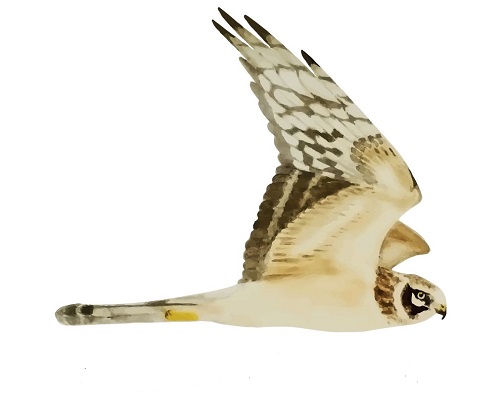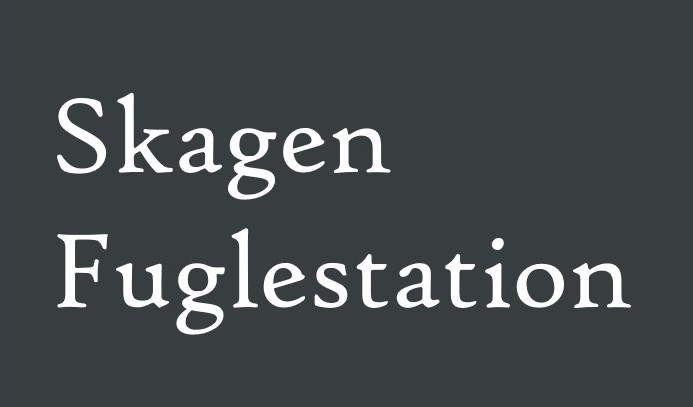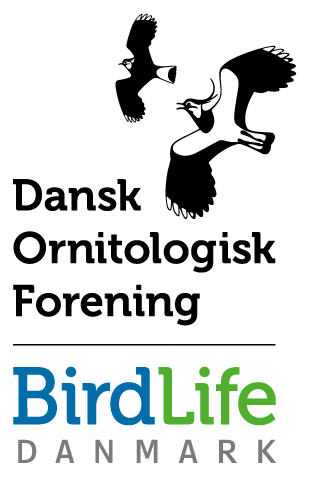Her på Skagen Fuglestations blog bringes korte nyheder i dagbogsformat om hændelser på fuglestationen.
Lille Kjove and Skulls
Hi all!
Today was off to a great start as I smashed one of our three remaining bowls, and a rain shower delayed our birding duties. Luckily the rain passed… unluckily the bowl didn’t unsmash. But by 06:00, we were out at Grenen opening the nets and setting up the scopes.
The observation team had a quiet morning, with a Caspian Gull (Kaspisk Måge), Northern Shoveler (Skeand), and Pintail (Spidsand). The highlight of the morning was a second calendar year Long-Tailed Skua (Lille Kjove), which hung around for a few minutes, although unfortunately this bird couldn’t be spotted by the ringing team from Kabeltromlen.
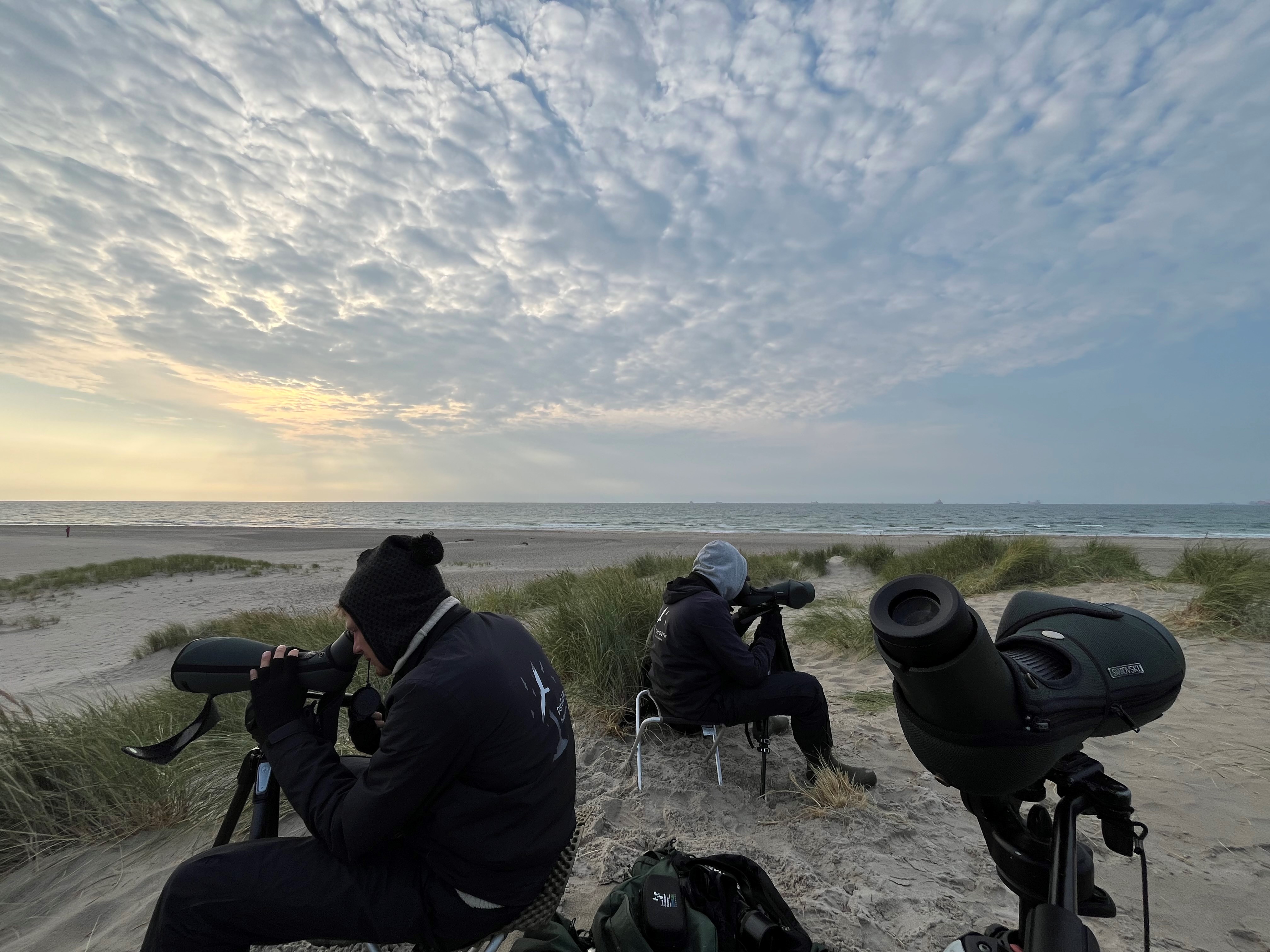
The observation team making sure all angles are covered.
The ringing started with high hopes, as many passerines were spotted in the bushes on the journey to the site. However, bird numbers quickly dropped off after the first round, ending the day with 11 new birds ringed. The species included the usuals of Greater Whitethroat (Tornsanger), Reedwarbler (Rørsanger), and Blackcap (Munk), as well as a Robin (Rødhal), which are becoming a regular as autumn sets in.
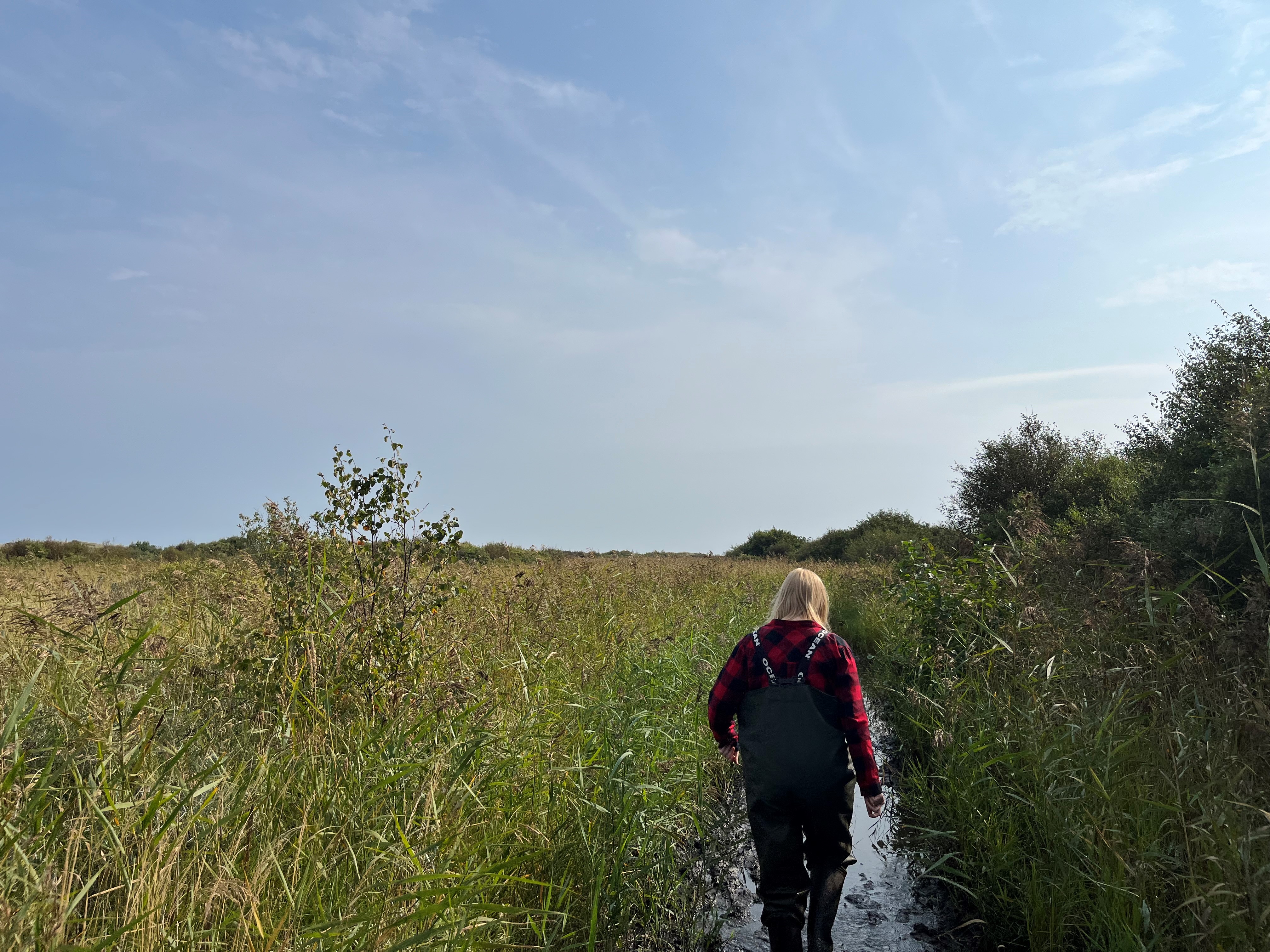
We can finally go around Kabeltromlen without mosquito nets!
After lunch Ragnar and Fredrik had their sites set on a slightly different type of sea-watching: fishing! They bought some gear and set off to Højen Fyrvej, where they caught a mackerel. They are currently out as this blog is being written, trying to catch enough to feed the hungry volunteers, who can eat for 5000.
In the afternoon, we were joined by our guests Ole and Birgitte for a skull ossification masterclass by Lisa. The skulls of young birds take time to fully ossify, or harden with bone, similarly to young babies. This means a difference in the colour of the ossified and unossified cranium can be seen in a “limit,” and be an incredibly useful tool when ageing birds in the hand in autumn. Lisa demonstrated this on some donated specimens, and it was fascinating to see the different ossification limits and patterns between species. Thank you Lisa – we’re looking forward to testing out these methods in the field from tomorrow!
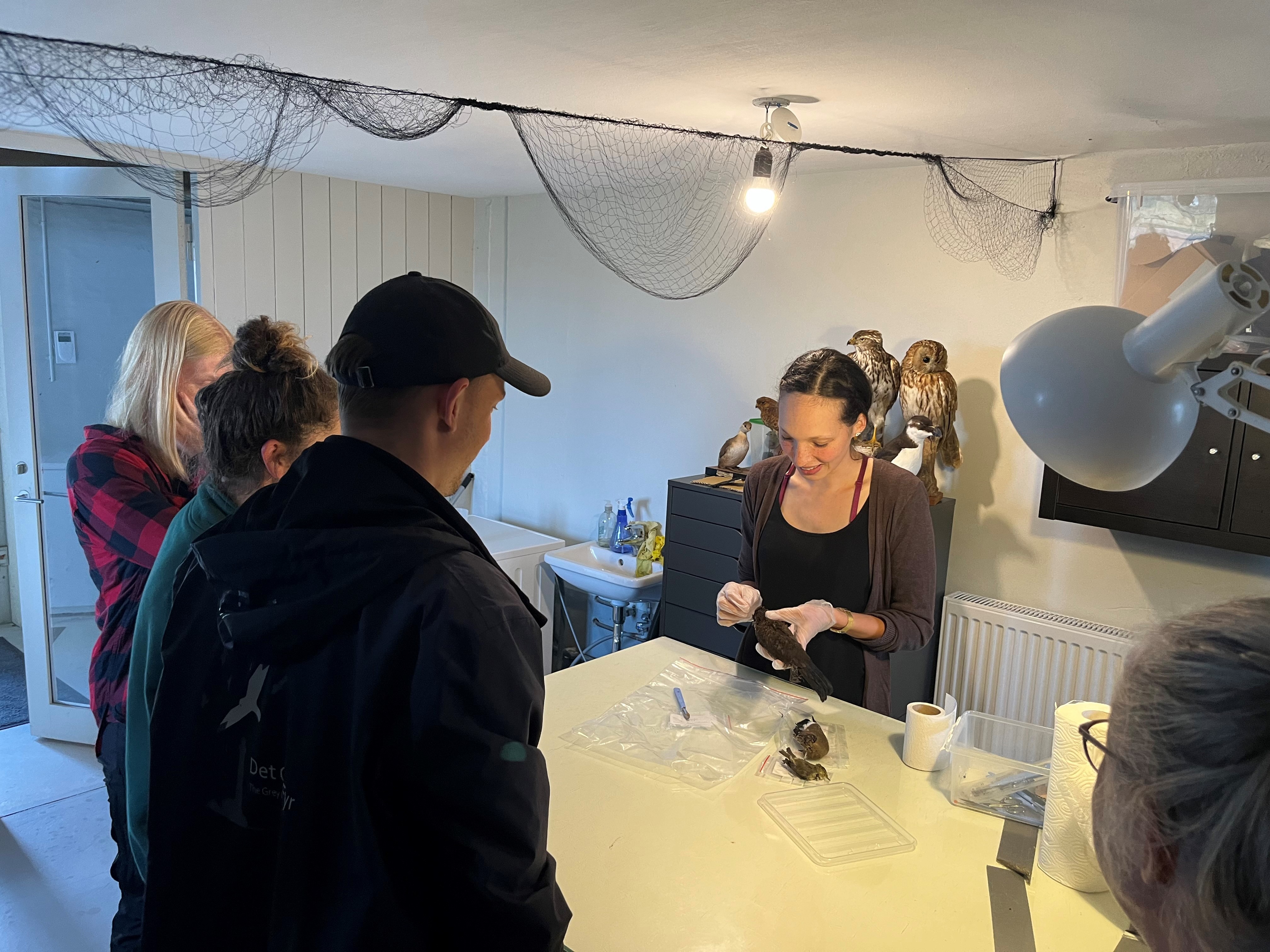
The team being shown the partially ossified skull of a young blackbird.
Ringing (Kabeltromlen):
Munk: 5
Rødhals: 1
Rørsanger: 4
Tornsanger: 1
Total: 11
If you wanna learn more about the current volunteers, or previous volunteers, then you can learn more about them here!
Link to todays observations in Skagen
People at the station: Ragnar Smith, Rosa Hicks, Simon Sigaard Christiansen, Lisa Vergin, Augustin Sticksel, Frederik Johansen, Mara Glane, Ole and Birgitte
